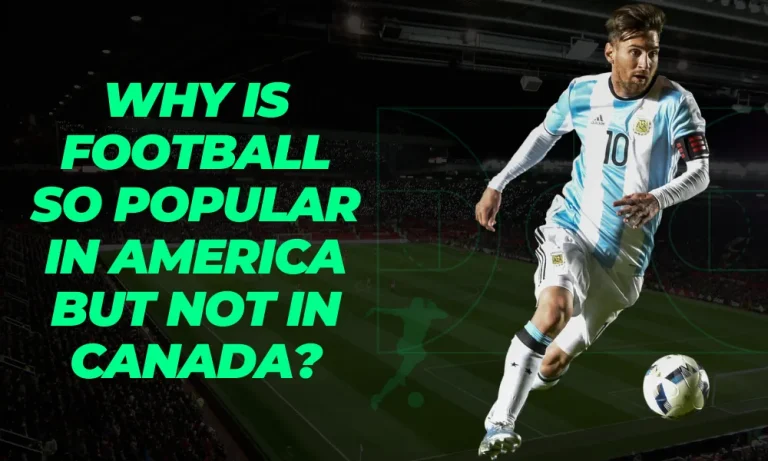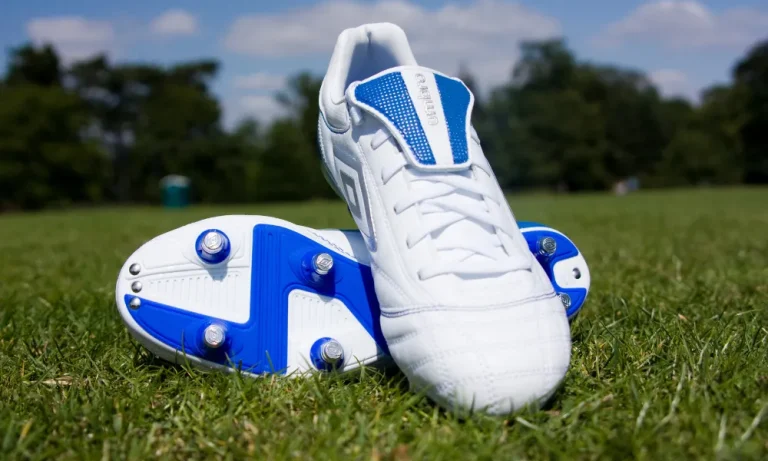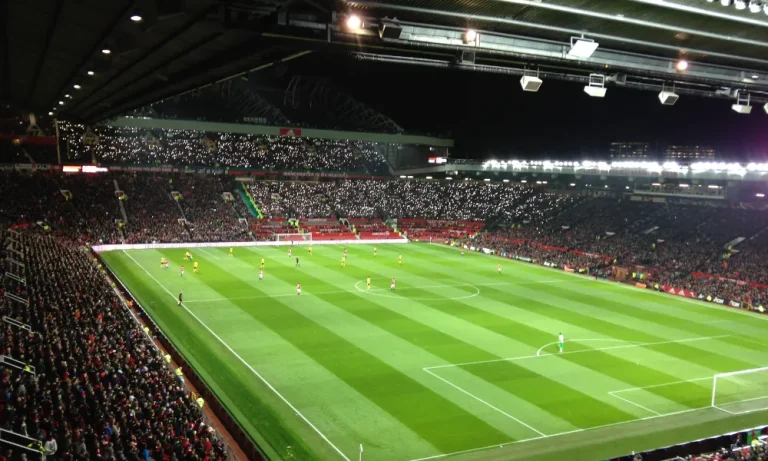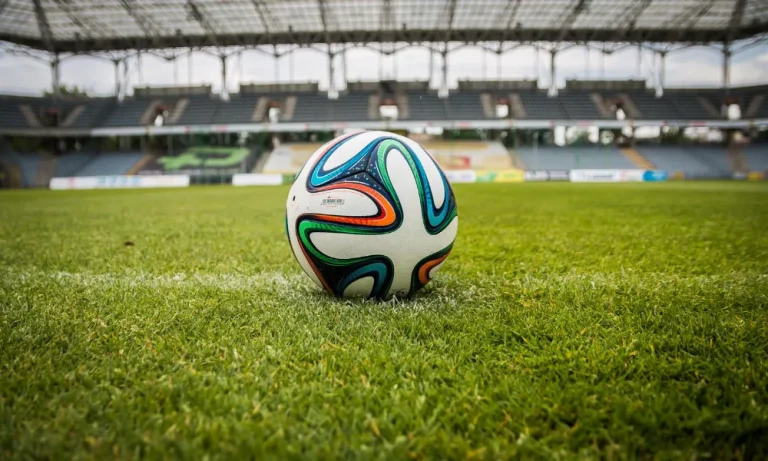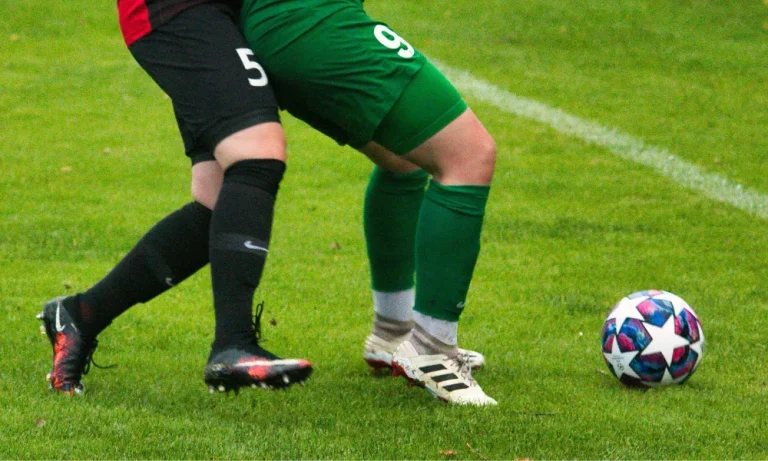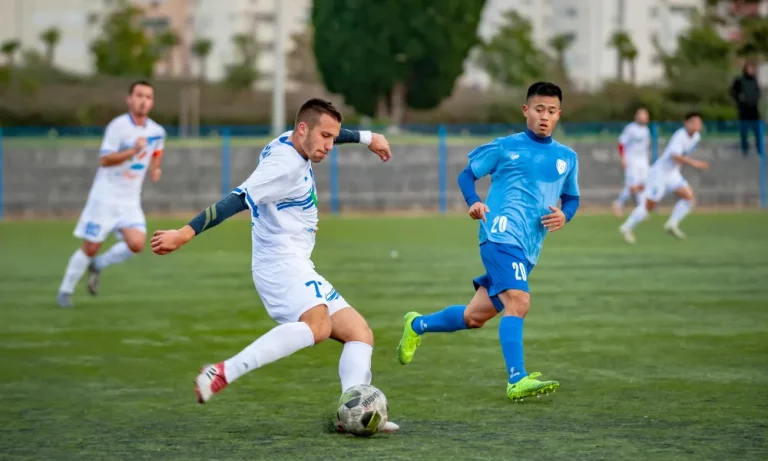How much does Artificial Football Turf for a 5-Aside Ground Cost?
Introduction
Are you curious about the cost of artificial football turf for a 5-aside ground? Look no further! In this blog post, we will delve into the fascinating world of artificial turf and explore its importance in 5-aside grounds. With the growing popularity of artificial turf in sports facilities, it’s crucial to understand the factors that influence its cost. So, let’s dive right in and discover how much artificial football turf for a 5-aside ground really costs.
What is Artificial Football Turf?
Artificial football turf, also known as synthetic turf or artificial grass, is a man-made surface designed to replicate the look and feel of natural grass. It has gained immense popularity in sports facilities, including 5-aside grounds, due to its numerous advantages over traditional grass surfaces.
Artificial football turf is composed of synthetic fibers, typically made from materials like polyethylene or polypropylene, which are designed to withstand heavy foot traffic and provide a consistent playing surface. It is installed on top of a base layer that provides stability and proper drainage.
The history of artificial football turf dates back to the mid-20th century, with the first notable installation taking place in the 1960s. Over the years, advancements in technology and materials have greatly improved the quality and performance of artificial turf, making it an attractive option for sports facilities worldwide.
One of the key advantages of artificial football turf is its durability. Unlike natural grass, which can become worn and uneven over time, artificial turf maintains its integrity and playing characteristics for a longer period. Additionally, artificial turf requires minimal maintenance compared to natural grass, as it does not need to be mowed, watered, or fertilized. This not only saves time and effort but also reduces the overall cost of maintenance.
Furthermore, artificial football turf offers excellent playing conditions regardless of weather conditions. Unlike natural grass, which can become muddy and slippery during rain, artificial turf provides a consistent and reliable surface that allows players to perform at their best. This all-weather capability makes artificial turf a preferred choice for 5-aside grounds, ensuring games can be played without disruptions caused by inclement weather.
Factors Affecting the Cost of Artificial Football Turf
When determining the cost of artificial football turf for a 5-aside ground, several factors come into play. Understanding these factors is essential for making informed decisions and budgeting appropriately.
The quality and type of turf materials significantly impact the cost. Higher-quality materials, such as advanced synthetic fibers and superior backing systems, tend to be more expensive. The type of turf chosen, whether it’s designed for professional play or recreational use, can also affect the overall cost. It’s important to balance quality with budget considerations to ensure optimal performance and longevity.
The size and dimensions of the 5-aside ground also play a role in determining the cost. Larger surfaces require more materials, resulting in increased expenses. Additionally, irregularly shaped grounds or those with complex layouts may require additional labor and customization, which can further impact the overall cost. It’s crucial to accurately measure and assess the dimensions of the ground to obtain an accurate cost estimate.
Installation and maintenance requirements are other factors that affect the cost of artificial football turf. Professional installation by experienced technicians ensures proper laying and adherence to industry standards, but it may come at a higher cost. Additionally, ongoing maintenance, such as periodic brushing, infill replenishment, and cleaning, should be considered in the overall cost. Neglecting maintenance can lead to premature wear and reduced lifespan of the turf.
Types of Artificial Football Turf
When considering artificial football turf for a 5-aside ground, it’s important to explore the different types available to find the best fit for your specific needs. Here are some common types of artificial turf options to consider:
- Monofilament Turf: This type of turf is made from single, solid fibers that provide excellent durability and resilience. It offers a natural appearance and is often used in professional-level sports facilities. While it may come at a higher cost, its performance and longevity make it a worthwhile investment.
- Slit Film Turf: Slit film turf consists of multiple parallel fibers that provide good resilience and durability. It is a cost-effective option that offers reliable performance for recreational play. This type of turf is often used in community sports grounds and training facilities.
- Hybrid Turf: Hybrid turf combines natural grass and artificial fibers to create a surface that offers the benefits of both. It provides the natural aesthetics of grass while maintaining the durability and low maintenance of artificial turf. Hybrid turf is commonly used in high-end sports facilities and professional stadiums.
When comparing various turf options in terms of cost and performance, it’s essential to consider factors such as durability, playability, and maintenance requirements. While monofilament turf may be more expensive upfront, its long lifespan and superior performance can result in cost savings in the long run. On the other hand, slit film turf offers a more budget-friendly option without compromising on performance for recreational play.
Cost Breakdown
When considering the cost of artificial football turf for a 5-aside ground, it’s important to understand the breakdown of expenses. Here are the key elements to consider:
- Material Costs: The pricing of artificial turf materials can vary based on factors such as quality, type, and supplier. Higher-quality materials may come at a higher cost but offer better durability and performance. It’s crucial to research and compare prices from different suppliers to find a balance between quality and affordability.
- Installation Costs: Several factors influence the installation expenses of artificial football turf. These include the size and dimensions of the ground, site preparation requirements, and labor costs. Larger grounds or those with complex layouts may require more materials and additional labor, resulting in higher installation costs. It’s important to obtain detailed quotes from professional installers to accurately estimate the installation expenses.
- Maintenance Costs: Understanding the long-term maintenance expenses is essential for budgeting purposes. Artificial football turf requires periodic maintenance, such as brushing, infill replenishment, and cleaning, to ensure optimal performance and longevity. The frequency and extent of maintenance can vary depending on factors like usage intensity and climate. It’s important to factor in these ongoing maintenance costs to ensure the turf remains in good condition over time.
Case Studies: Real-World Examples
To gain a better understanding of the practical application of artificial turf in 5-aside grounds, let’s analyze some real-life case studies. By exploring these examples, we can delve into the cost breakdown and considerations for each installation:
- Case Study 1: The first case study examines a 5-aside ground in a community sports facility. The installation utilized high-quality monofilament turf, which offered excellent durability and performance. The material costs accounted for a significant portion of the budget, but the long lifespan of the turf justified the investment. Installation costs were relatively moderate due to the standard dimensions of the ground. Ongoing maintenance costs were lower compared to natural grass, resulting in long-term savings.
- Case Study 2: In this case study, a hybrid turf system was installed in a professional 5-aside ground. The cost breakdown revealed that the hybrid turf material was the most expensive component, considering its advanced technology and natural grass integration. The installation costs were higher due to the complexity of the ground’s layout and the need for specialized expertise. However, the long-term maintenance costs were significantly reduced compared to natural grass, making it a cost-effective choice for the facility.
Tips for Reducing Costs
If you’re looking to minimize expenses when installing artificial football turf for your 5-aside ground, here are some cost-saving strategies to consider:
- Cost-Saving Strategies for Installation: To reduce installation costs, consider factors such as the size and layout of the ground. Opting for standard dimensions can help minimize material waste and labor requirements. Additionally, obtaining multiple quotes from different installers and comparing prices can help you find the most affordable option without compromising quality.
- Recommendations for Maintenance Optimization: To optimize maintenance expenses, it’s important to follow best practices. Regularly brushing the turf helps maintain its appearance and performance, preventing the need for costly repairs. Implementing a proactive maintenance schedule that includes infill replenishment and cleaning can also extend the lifespan of the turf, reducing the frequency of replacements.
Technical FAQs: Artificial Football Turf Cost for 5-aside Ground
Q: How much does artificial football turf for a 5-aside ground cost?
A: The cost of artificial football turf for a 5-aside ground can vary depending on factors such as material quality, installation requirements, and maintenance needs. It typically ranges from20 per square foot.
Q: What factors influence the cost of artificial football turf?
A: The cost is influenced by factors such as the type and quality of the turf material, the size and layout of the ground, site preparation requirements, and the complexity of the installation.
Q: Are there any ongoing maintenance costs associated with artificial football turf?
A: Yes, artificial football turf requires periodic maintenance. The costs can include brushing, infill replenishment, and cleaning to ensure optimal performance and longevity.
Q: How can I reduce the cost of artificial football turf installation?
A: To reduce costs, consider standardizing the ground dimensions, obtain multiple quotes from different installers, and explore cost-saving strategies such as minimizing material waste and optimizing labor requirements.
Q: Are there any long-term cost savings associated with artificial football turf?
A: Yes, artificial football turf can offer long-term cost savings compared to natural grass. It requires less water, eliminates the need for mowing and fertilization, and has lower ongoing maintenance costs, resulting in potential savings over time.
Conclusion
The cost of artificial football turf for a 5-aside ground can vary depending on several factors. The quality and type of turf materials, the size and dimensions of the ground, as well as the installation and maintenance requirements, all contribute to the overall cost. By exploring case studies and considering cost-saving strategies, it’s possible to optimize expenses without compromising the quality of the turf. Artificial turf continues to gain popularity in 5-aside grounds, providing a durable and low-maintenance alternative to natural grass. So, if you’re considering installing artificial turf in your 5-aside ground, carefully evaluate the costs and benefits to make an informed decision.

